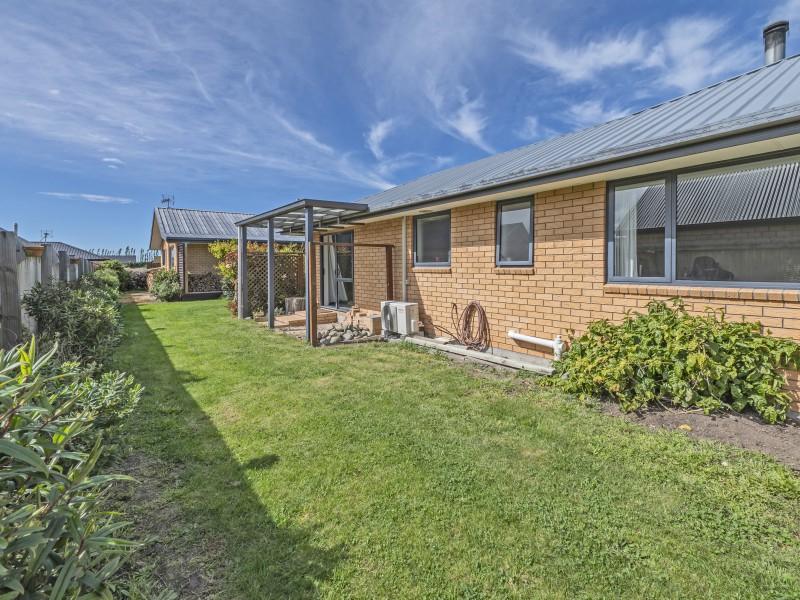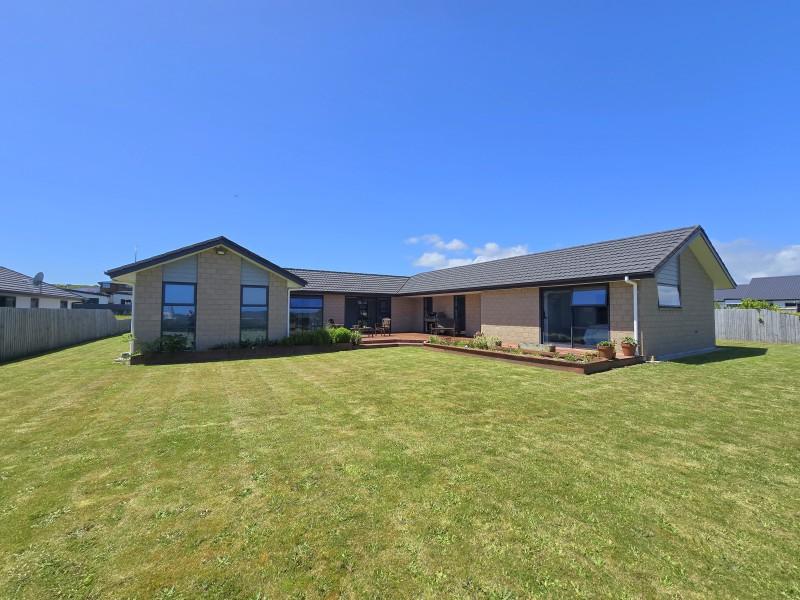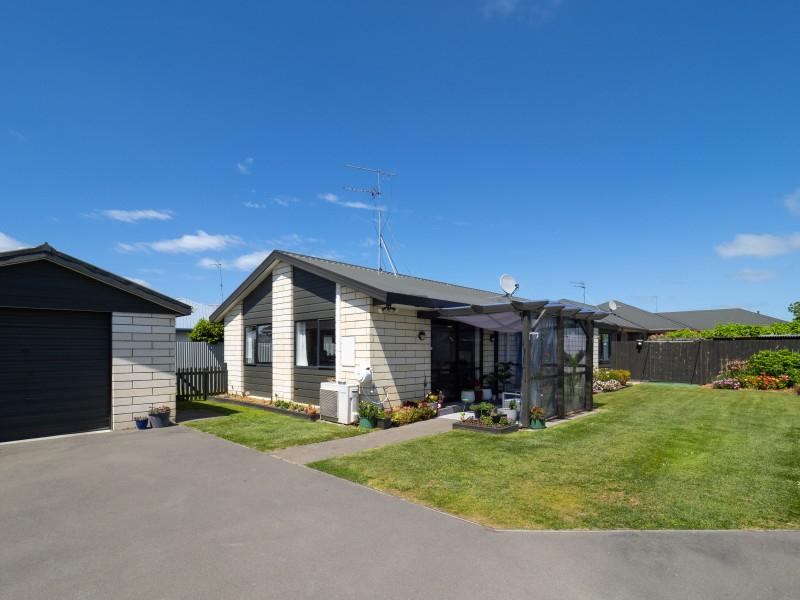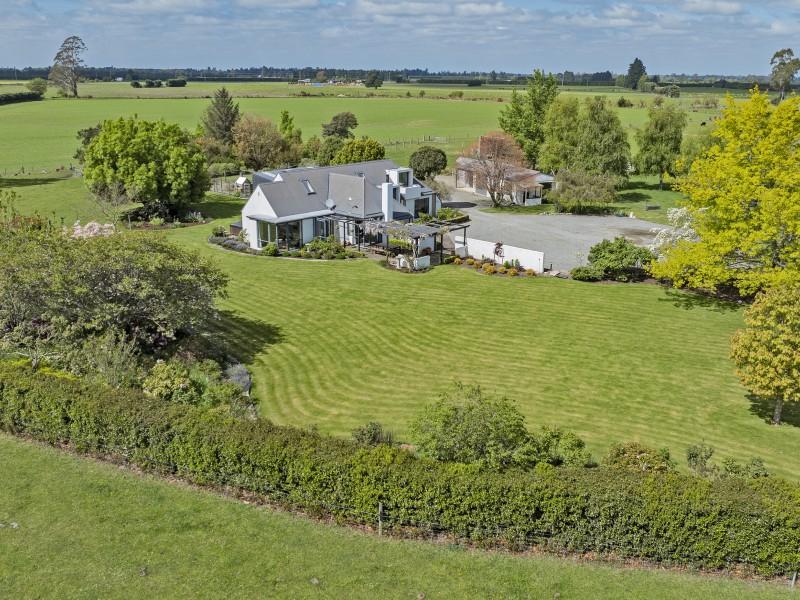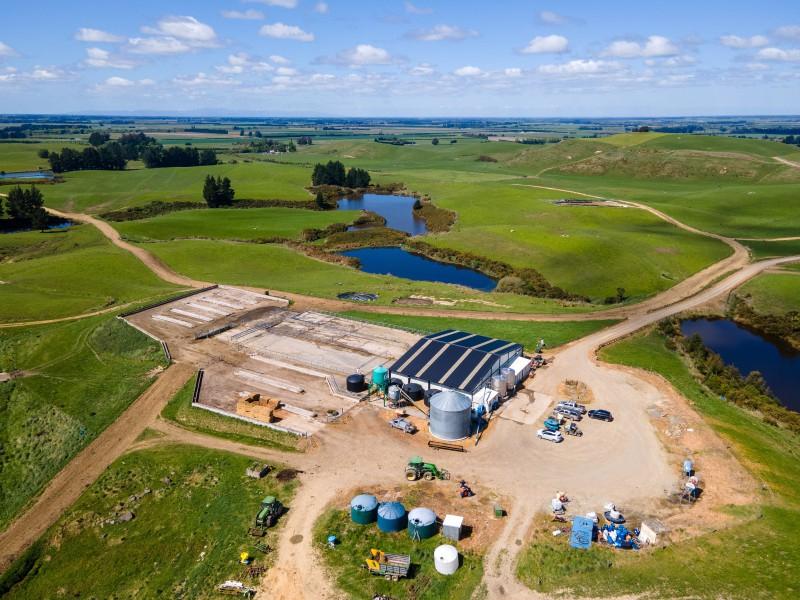Home-grown horticulture part of Ashburton’s history
By local democracy reporter Jonathan Leask:
When councils around the country were shedding their nurseries, Ashburton held onto its asset.
Tucked in the Ashburton Domain, it is a hive of activity that produces most of the plants and trees adorning the parks and reserves around the district.
The exact origins of the nursery are unknown, but Ashburton District Council infrastructure and open spaces group manager Neil McCann said he suspected the nursery has been in operation since the domain was first formed about160 years ago.
Many council-run nurseries around the country were closed during privatisation in the 1990s, which saw many parks go out to contractors for nursery supplies, McCann said.
Not Ashburton, which held onto its home-grown plant production.
Some councils are looking at going back to council-run service delivery operations including nurseries to gain efficiencies, he said, citing Christchurch as an example.
“Having an in-house operation and nursery means staff can respond quickly to meet the needs of the council and community.”
The homegrown approach is much more cost-effective for the council than purchasing mature plants and it provides a learning environment for staff, including apprentices, he said.
“Their growing knowledge base allows the council further capacity in the open spaces area.”
The site uses three glasshouses, that according to Canterbury historic maps predate 1925, and one larger greenhouse to grow all manner of plants that end up all around the district, McCann said.
“Annuals are generally planted in flower beds and trees go out to streets and parks where needed.”
Most of the seeds are sourced from an import wholesaler but some are sourced locally.
“Some seedlings are sourced from the Harris Scientific reserve, mainly kānuka, or other natural areas with specific species present. Other seedlings are divided from previously used plants.”
The nursery mainly produces annuals and a mix of exotic and native trees, as well as some perennials and revegetation species.
In a busy growing year, the nursery can produce around 36,000 annual and two cycles per year, up to 3000 natives and between 1000 and 2000 perennials.
Annuals (one growing season) include alyssums, marigolds, gazanias, primula species, calibrachoa, lobelias, geranium and petunias. Native tree species include olearias, coprosmas, cortaderia, kānuka, Phormium, and pittosporum, and exotic shrubs include azaleas, fuchsia, lavender, and rosemary.
Perennials, such as rudbeckia, delphinium, perennial lobelia, various daisies, astilbe and helleborus, are propagated by division, a process of separating the plant into several pieces, each of which is potted up and grown on as a new plant, McCann said.
“Where we can procure seed, we germinate this on a heated seed raising bed then grow the seedlings on until we have a suitable sizes plant that can be planted out in the gardens.”
From the heated sand-based seed-raising beds with overhead automated mist irrigation in the glasshouse some seedlings move to the bigger greenhouse while others are placed in the open air, and once matured enough are then planted.
“We also use the glasshouses for drying off bulbs and dahlias when lifted before division and replanting.”
There are also some specific plants being grown for specific native planting areas, such as Wakanui and Ōtūwharekai Ashburton Lakes as part of the council’s biodiversity work.
“These are often species where the seed is eco-sourced or sourced within the same geographical/ ecological location and they are specific to their inland, lowland, or coastal environments.”
The nursery is an all-year-round operation but the work programme is seasonal, with six-monthly cycles for annual bedding plants.
“Natives are seasonal, trees are year-round as are perennial divisions.”
It is run by one full-time staff member with additional support from the council’s other horticultural staff that maintain the parks and reserves.
The nursery operates on the same site it always has and while the number of parks and reserves is increasing with urban development, there are no plans at this stage to increase its capacity, McCann said.
“Any plans to upgrade or further develop operations would need to be budgeted, and we are currently at capacity on this site – which is fine for what our requirements are.”
Poll: Do you think NZ should ban social media for youth?
The Australian Prime Minister has expressed plans to ban social media use for children.
This would make it illegal for under 16-year-olds to have accounts on platforms including TikTok, Instagram, Facebook and X.
Social media platforms would be tasked with ensuring children have no access (under-age children and their parents wouldn’t be penalised for breaching the age limit)
.
Do you think NZ should follow suit? Vote in our poll and share your thoughts below.

-
85.5% Yes
-
13.4% No
-
1.1% Other - I'll share below
What's your favourite recipe for courgettes?
Kia ora neighbours. If you've got a family recipe for courgettes, we'd love to see it and maybe publish it in our magazine. Send your recipe to mailbox@nzgardener.co.nz, and if we use it in the mag, you will receive a free copy of our January 2025 issue.

Railing planters
To gain extra growing space, make and hang these easy-to-build planters on almost any wooden fence or deck railing. Use Resene FX Blackboard Paint so you can easily identify what plants are in each. Find out how to create your own with these easy step by step instructions.
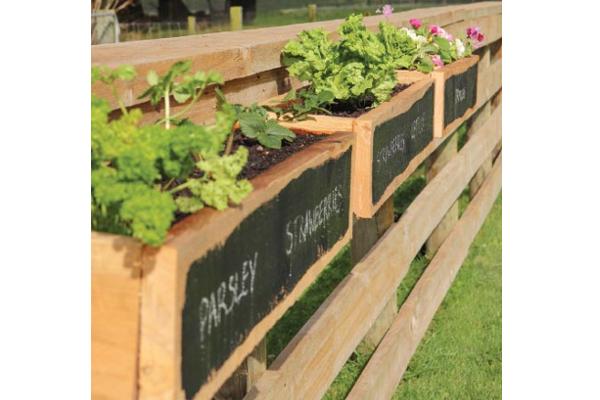
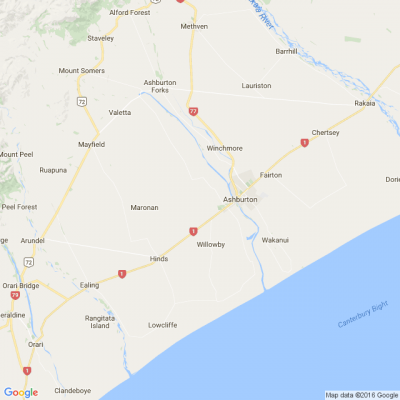
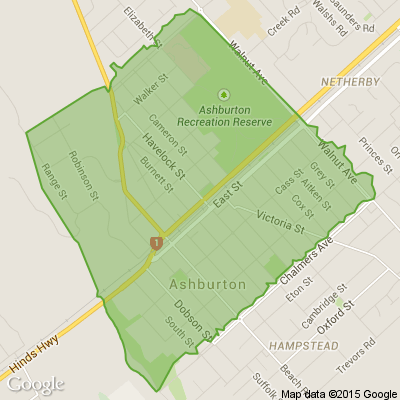




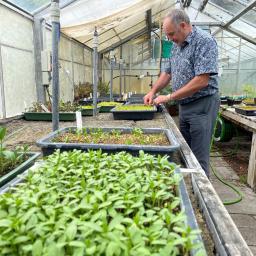

 Loading…
Loading…